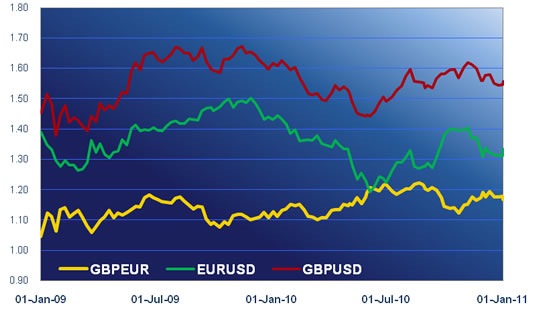– Rate increases needed to curb runaway inflation
– Canadian and UK retail sales data today
Good morning. Two yobs thrust a live hen through the serving hatch at a Nuneaton Kentucky Fried Chicken drive-in. The RSPCA has accused them of cruelty, even though the chicken at the heart of the prank was surely the luckiest one in the shop. One of the KFC staff involved in capturing the bird summarised the incident as “Finger-peckin’: Blood”.
A different game of chicken is said to be unfolding in China. French bank Société Générale has published a report entitled “The Dragon which played with fire”, setting out the risks posed by unfettered growth, rising inflation and overheated property prices. SocGen worries that the politburo is already “behind the curve” and that interest rates need to be raised by around two and a half percentage points to fend off inflation. Without it, the bank anticipates “peak frenzy” in the middle of this year, followed by a drop-off in growth to 5% by early 2012. Such low growth “…would be a drama for China. It would be the first hard-landing since 1994 and would destabilise the global economy.”
Most investors saw things in a less apocalyptic light yesterday but they were nevertheless concerned about the pace of growth and inflation in China. They believe the authorities will act to dampen demand, raising the PBoC policy rate next month. (The one-year rate is currently at 5.81% having been increased twice last year, the last time on Christmas day.) Investors took a cautious line, offloading equities and commodity-oriented currencies. For a second day the antipodean dollars fared worst while the Canadian dollar sheltered under the wing of the Greenback. Better than expected New Zealand figures for retail sales and the purchasing managers’ index were only of fleeting consolation to the Kiwi. The market chose to associate the yen with the China risks rather than seeing it as a safe-haven, so it followed the Australian and NZ dollars lower.
The US dollar received a boost when figures for weekly jobless claims and existing home sales came in at better than expected levels. Initial and ongoing claims were fewer and home sales rose by a laudable 12.3% December, an increase almost three times greater than forecast. The Philadelphia Fed’s manufacturing survey was less punchy, slipping to 19.3 from a downwardly-revised 20.8, but was drowned out by the home sales number, which appeared at the same time.
Britain’s sole contribution was the CBI’s industrial trends survey. It showed lower levels of orders but increased optimism among manufacturers and it had minimal effect on the pound. The optimism was reflected in the CBI’s comment that “the recovery in the manufacturing sector is firmly in place”. It was also noted, however, that manufacturers are under “intense pressure” to pass on rising costs for raw materials. That pressure was clear from recent producer price index (PPI) figures showing manufacturers’ costs rising by 12.5% in 2010 while factory gate prices went up by only 4.2%.
A fairly calm day is in prospect with few ecostats to rattle the FX market’s cage. IFO reports on German business confidence and expectations. Britain and Canada deliver retail sales figures for December and January, respectively. The Canadian numbers should be alright; everyone there fits snow tyres to their car so they can still get to the shops in bad weather. The UK number will be lucky to break even. Investors will probably recall that Britain was really quite chilly in December, and should have figured out that fewer shoppers mean dented sales. That foreknowledge might not be enough to prevent them selling sterling on a bad number though. Have a good weekend.






